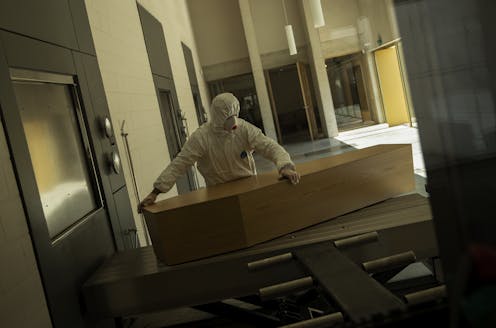Imagining COVID is 'like the flu' is cutting thousands of lives short. It's time to wake up
- Written by Michael Toole, Associate Principal Research Fellow, Burnet Institute

It is difficult to understand the ease with which we have accepted a major proportion of the Australian population getting infected with COVID in just a matter of months. Many have been infected multiple times, potentially exposing them to long COVID and other problems we are only beginning to understand. In the past 75 years, only the second world war[1] has had a greater demographic impact on Australia than COVID in 2022.
As of September 12, Australia had reported more than 10 million cases[2] of COVID. Of those, 96% were reported in 2022, coinciding with a succession of various Omicron sub-variants and the removal of most protective measures. What’s more, the number of reported cases is probably an underestimate[3].
While the midsummer wave of Omicron led to the highest number of reported cases since the pandemic began, the subsequent winter waves have killed thousands more people.
Between January 5 and March 16 this year, 3,341 Australians died[4] with COVID, compared with 8,034 between April 4 and September 16, with August being the most deadly month of the pandemic for Australia. One often forgotten impact of these deaths is that an estimated 2,000 Australian children[5] have lost at least one parent as a result of the COVID pandemic.
Rather than national cabinet looking at pandemic leave[6] and under pressure to cut isolation periods, what’s needed is a shared vision and a strategic COVID plan that acknowledges it is not “just like the flu”.

















